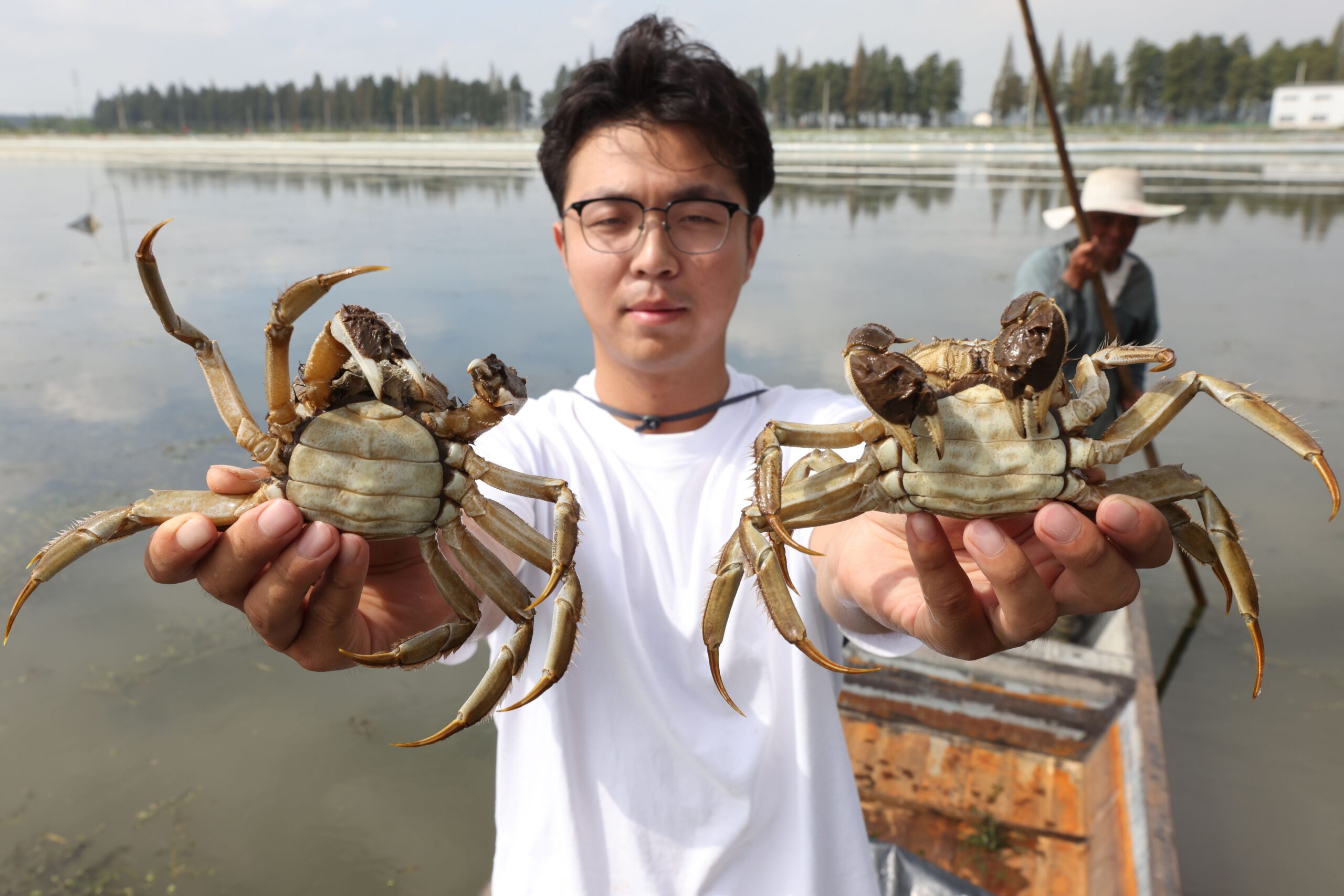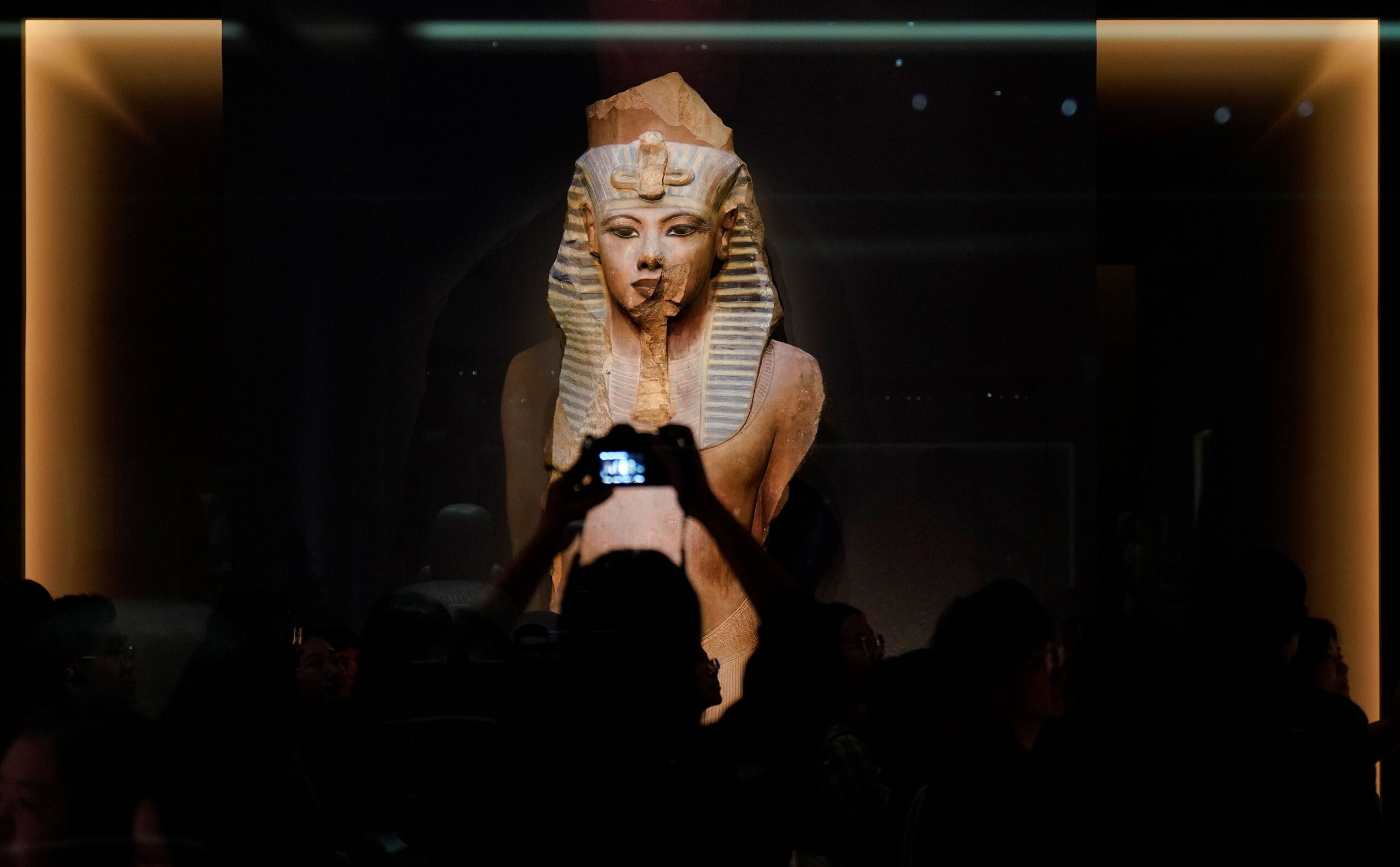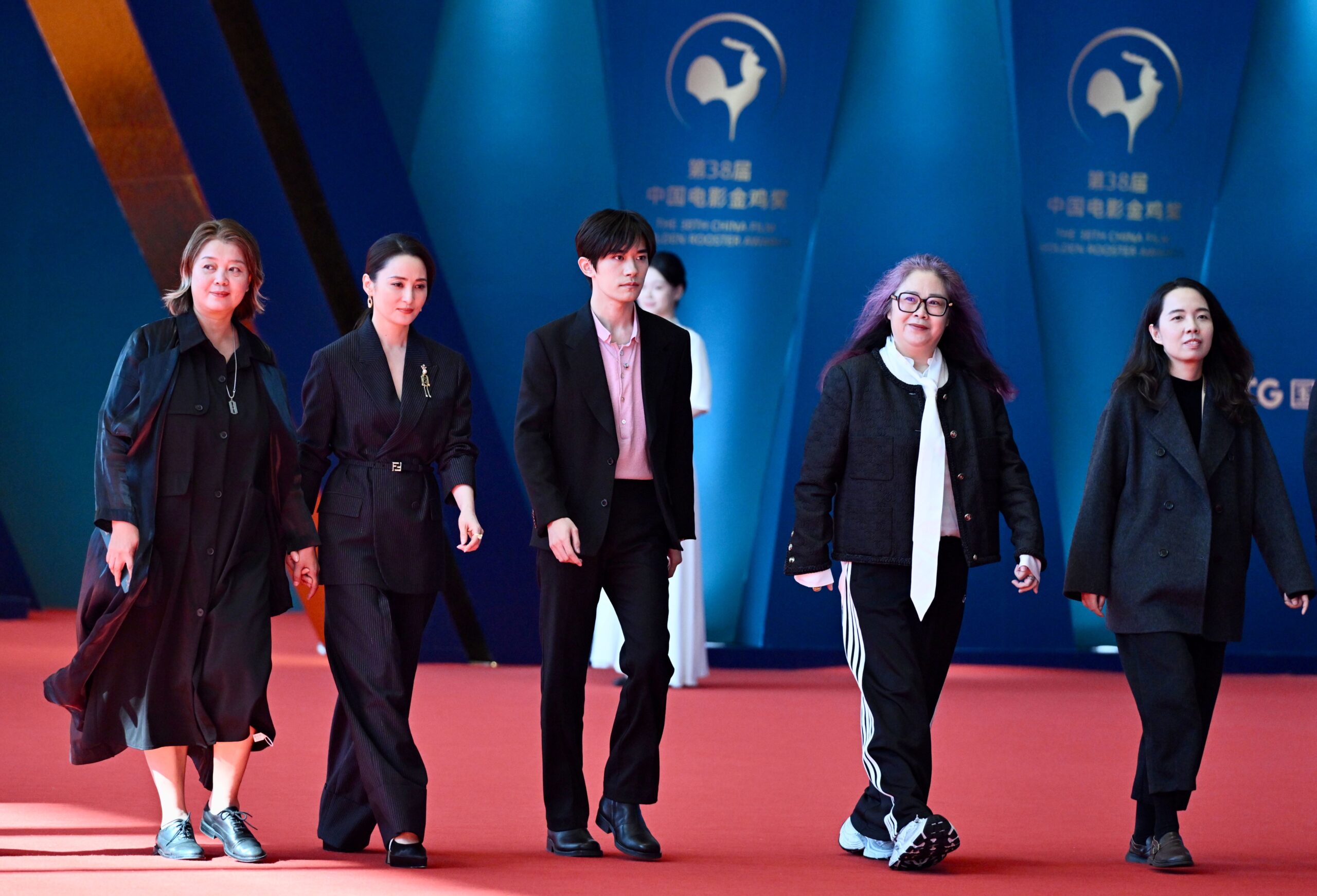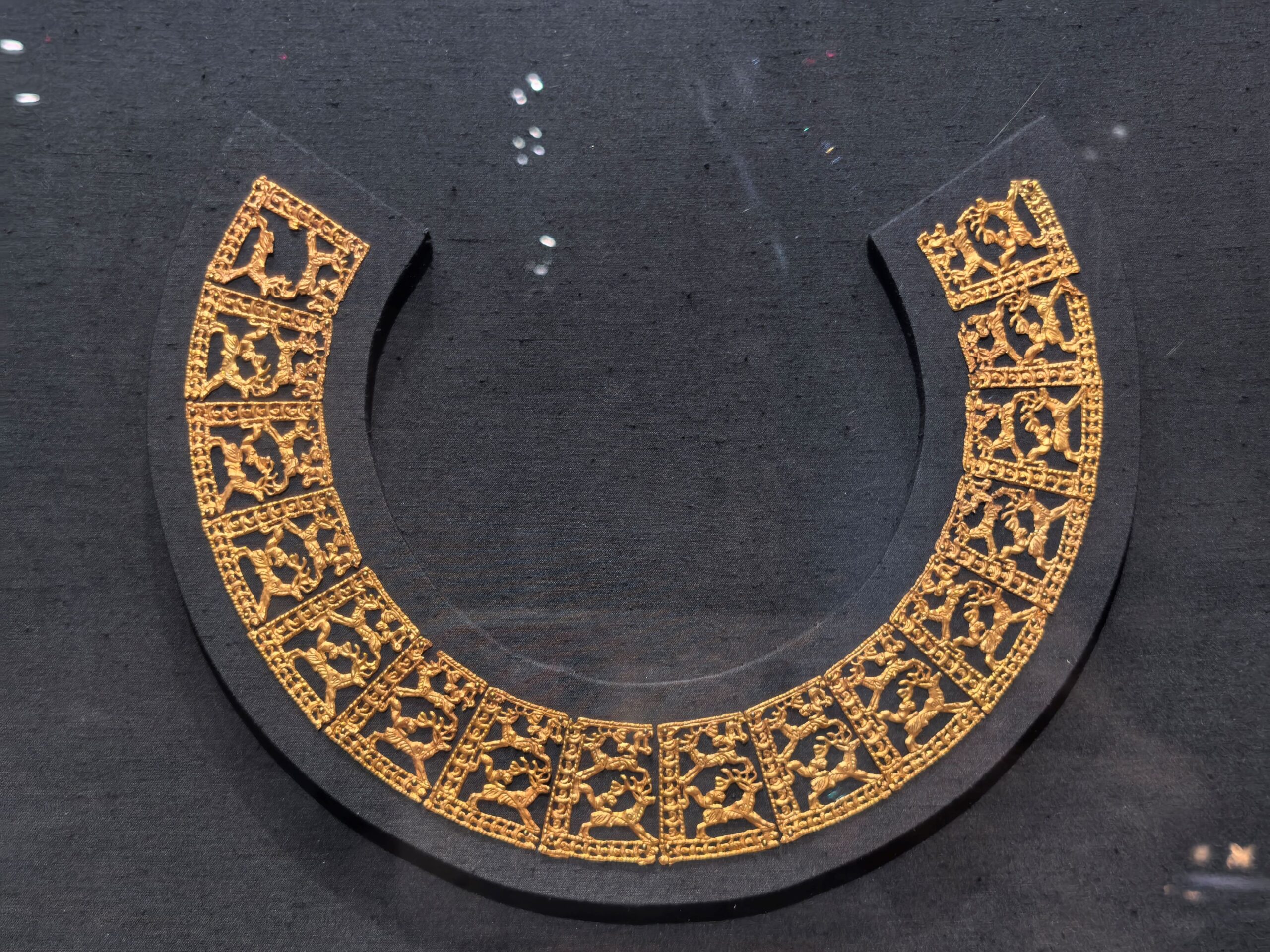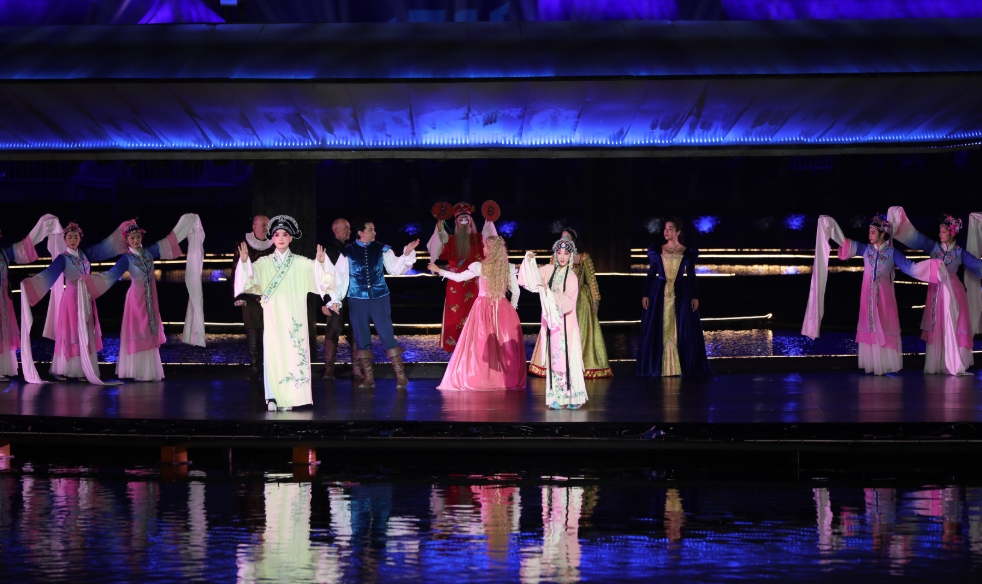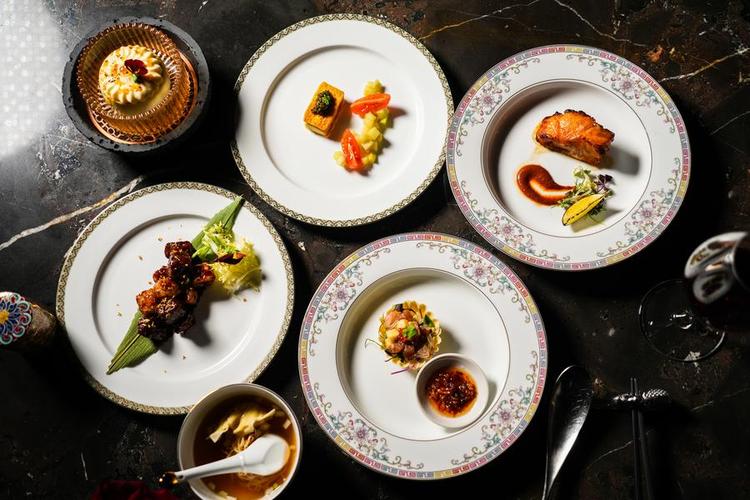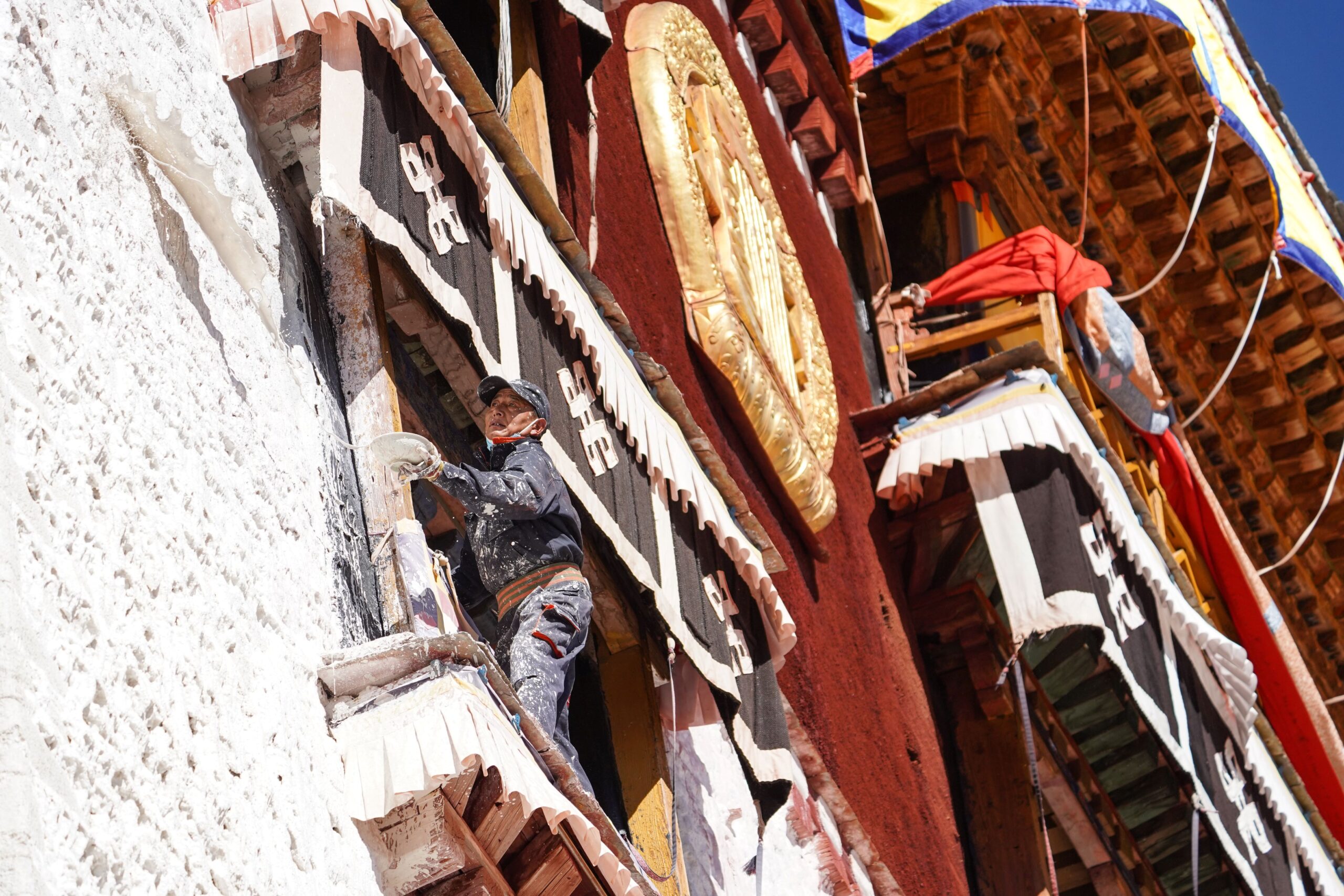Experience the beauty and taste of China’s Cold Dew season — from golden lake crabs to fragrant chrysanthemum tea.
As a soft mist settles over China’s lakes and fields, the season of Hanlu, or Cold Dew, arrives. It marks the 17th of the 24 Solar Terms in the traditional Chinese calendar — the moment when autumn deepens and the air begins to chill. The name comes from an old saying: “When the dew turns cold, it is about to freeze.”
Cold Dew is the first solar term that carries the word “cold.” It signals a shift from mild autumn to a sharper chill. Days grow shorter, nights turn cool, and the scent of harvest fills the countryside. In Chinese culture, it’s a time to slow down, enjoy the beauty of ripening fields, and taste the best flavours of the season.
Crabs, Chrysanthemums and Tea
In Jiangsu Province, along the misty shores of Yangcheng Lake, Cold Dew marks the start of the most anticipated event of autumn — the crab season. Local people say, “Crabs taste best when Cold Dew arrives.”
On September 26, Suzhou’s Yangcheng Lake officially opened the fishing season for its famous hairy crabs. This year’s total output is expected to reach 10,350 tonnes, with the peak market lasting until December. Each morning, fishermen steer their boats through the calm lake, hauling up baskets of golden-shelled crabs. Nearby, drones now carry the catch directly to logistics centres, shortening the delivery cycle to just 20 minutes.
For food lovers, this is the most delicious time of the year. In Suzhou, crabs are usually steamed to preserve their pure flavour, then dipped in aged vinegar with ginger to balance the “cold” nature of the meat. The bright orange crab roe is also used in crab roe tofu and crab roe soup dumplings. The local favourite, sū-style tuhuangyou noodles, features noodles topped with a golden crab butter sauce — rich, fragrant, and unforgettable.
Cold Dew is also the season for chrysanthemums. In many parts of China, people still keep the old custom of “enjoying chrysanthemums during Cold Dew” and drinking chrysanthemum wine to soothe dryness and brighten the eyes. Tea farmers in Suzhou and Wuxi pick the last leaves of the year to make Cold Dew Tea, known for its mellow aroma and smooth taste after the cool nights of early autumn.
In the ancient town of Zhenze, known for its silk heritage, people prepare smoked beans for this season. Fresh soybeans are blanched, lightly roasted, and then smoked until glossy green. When the chill sets in, friends and families gather around a table to enjoy smoked bean tea. The mix of beans, sesame, dried tangerine peel and green tea fills the air with a warm aroma — a comforting ritual that celebrates both the harvest and human connection.
Tradition Meets Modern Appetite
Cold Dew today blends the charm of tradition with the pulse of modern life. In cities like Shanghai and Nanjing, restaurants launch seasonal crab menus, and young people post videos of their “Cold Dew feasts” online. Ordering live crabs from Yangcheng Lake has become easier than ever — some can reach dinner tables across China within hours.
Behind the feast lies a thriving crab industry. In 2024, China’s total crab consumption was estimated at over 2 million tonnes, with a market value of £13.8 billion. The country not only produces crabs but also imports them — 133,000 tonnes worth £1.7 billion last year. Imports from Russia have grown rapidly, led by high-end varieties such as king crabs and snow crabs. Live crabs account for about 90% of China’s total crab imports, showing how strongly Chinese consumers value freshness.
As the season turns colder, the taste of autumn becomes richer. Crabs, chrysanthemums, and tea — each carries the essence of the harvest. Hanlu is more than a date on the calendar; it’s a reminder of how Chinese people mark time through food, colour, and shared moments.
Written by Chen Wang, additional reporting by Xinhua, 21jingji.com.
If you liked this article, why not read: How Ancient Wisdom Guides Autumn Wellness

